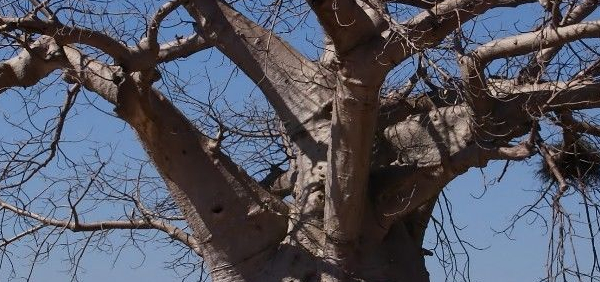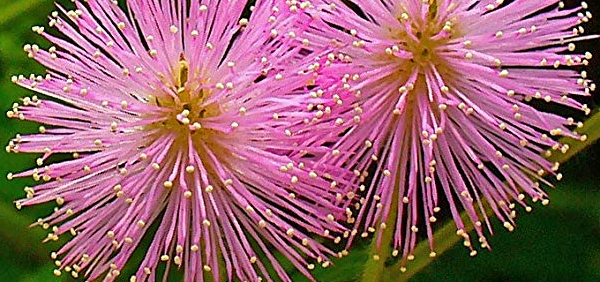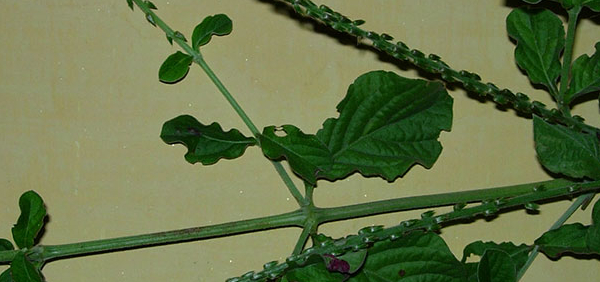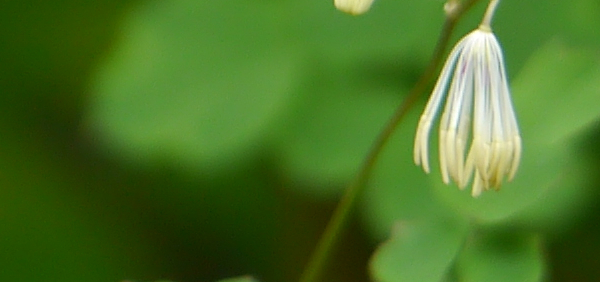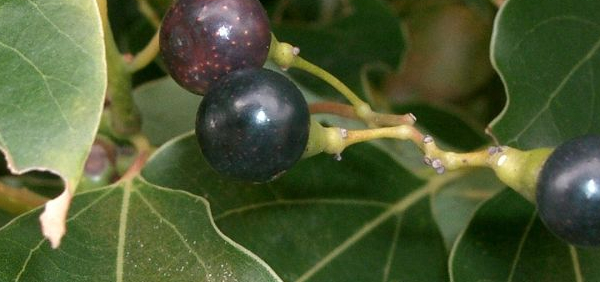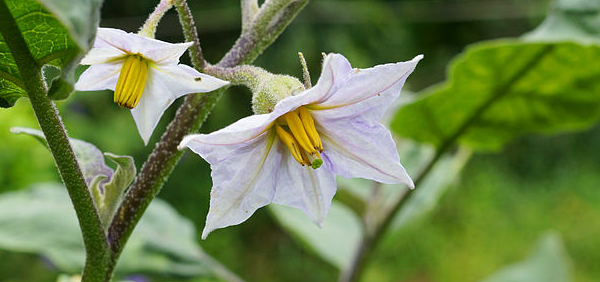canda :
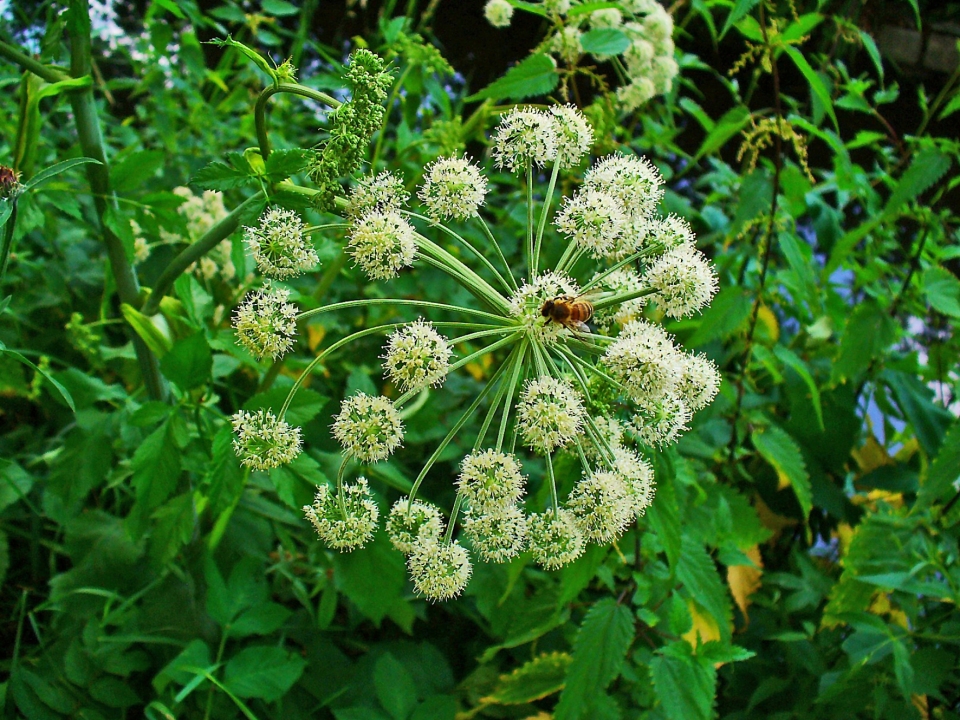
Geographical distribution:
Angelica archangelica grows wild in Russia, Finland, Sweden, Norway, Denmark, Greenland, the Faroe Islands, and Iceland, mostly in the northern parts of the countries. It is cultivated in France,
ECOLOGICAL ASPECT:
According to some botanists, this species of Angelica is believed to be a native of Syria from where it has spread to many cool European climates, where it has become naturalized. It is occasionally found native in the cold and moist places in Scotland, but is more abundant in countries further north, such as, Lapland and Iceland. It is supposed to have come to this country from northern latitudes in about 1568; there are about thirty varieties of Angelica, but this one is the only one officially employed in medicine. Parkinson, in his Paradise in Sole, 1629, puts Angelica in the forefront of all medicinal plants, and it holds almost as high a place among village herbalists to-day, although it is not the native species of Angelica that is of such value medicinally and commercially, but an allied form, found wild in most places in the northern parts of Europe. This large variety, Angelica Archangelica (Linn.), also known as Archangelica officinalis, is grown abundantly near London in moist fields, for the use of its candied stems. It is largely cultivated for medicinal purposes in Thuringia, and the roots are also imported from Spain.
Plant conservation:
Least Concern (IUCN)








